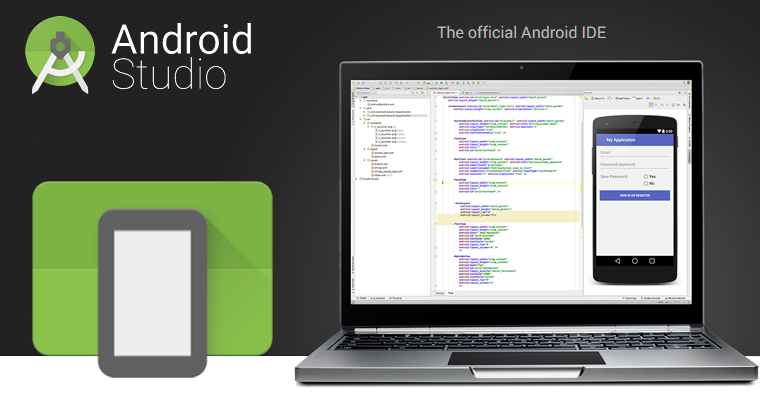Now that Android Studio is faring quite well for its core necessities, the tools team is tackling some of the bigger challenges. A couple of weeks ago, they featured a new ability to deploy a limited set of changes to apps without fully restarting them. This week they're shooting to take on one of the longest and most requested items on the list: a faster and more useful emulator.
Performance
The biggest boost to speed can be seen while running Android 6.0 on the new emulator. This comes from newly added support for Symmetric Multi-Processing (SMP), which allows the emulator to take full advantage of multiple processor cores on a computer. Another performance enhancement will show up on x86 processors where Android Studio now takes advantage of CPU acceleration by default.
Installing apks and transferring files to the emulator will also run a bit faster thanks to some new optimizations with ADB. This can cut transfer times by as much as 80%.
Usability
A new toolbar has been designed for the emulator with a number of functions that were previously only available through use of a command line. This includes volume controls, quick screen rotation, and screenshots. There is also a button to launch "extended controls" with features that can simulate incoming phone calls, text messages, changes to power level, GPS locations (with KML or GPX playback), a fingerprint scanner, and more.
The emulator window itself now supports some visual controls like windows zooming and scaling. Resizing the window now works by simply dragging the corners and no longer comes with severe lag. If you need to zoom in to see fine details, a magnifying glass control can be used to pick out a small region of the screen to zoom in on. Drag & Drop is also supported for apk installation and quick file transfers.
All of these new features bring the stock emulator into close parity with Microsoft's custom emulator, but without the requirement to run Windows or the limited selection of OS images.
For a live demo and details about the new emulator, check out the presentation from the Android Dev Summit from a couple weeks ago. The embed should be cued up, but if it doesn't jump automatically you can find the emulator discussion starts at 27:17 and runs about 9 minutes. It's worth watching the whole session if you've got time.
Setup
The new emulator requires Android Studio 2.0 Release 3, which was released to the canary channel yesterday with a few new Lint checks and bug fixes. You'll also have to switch to the preview channel for the Android SDK, which is where the new emulator is actually found. This can be set up easily by looking for the 'Switch' link at the bottom of the new SDK Manager or by opening the classic SDK Manager and downloading the preview version there. Once downloaded, open the AVD and create a new virtual device based on the Nexus 5X and turn on all of the new features. For more details and step-by-step instructions, check out the complete instructions on the Android Emulator Preview page.
Source: Android Developers Blog

